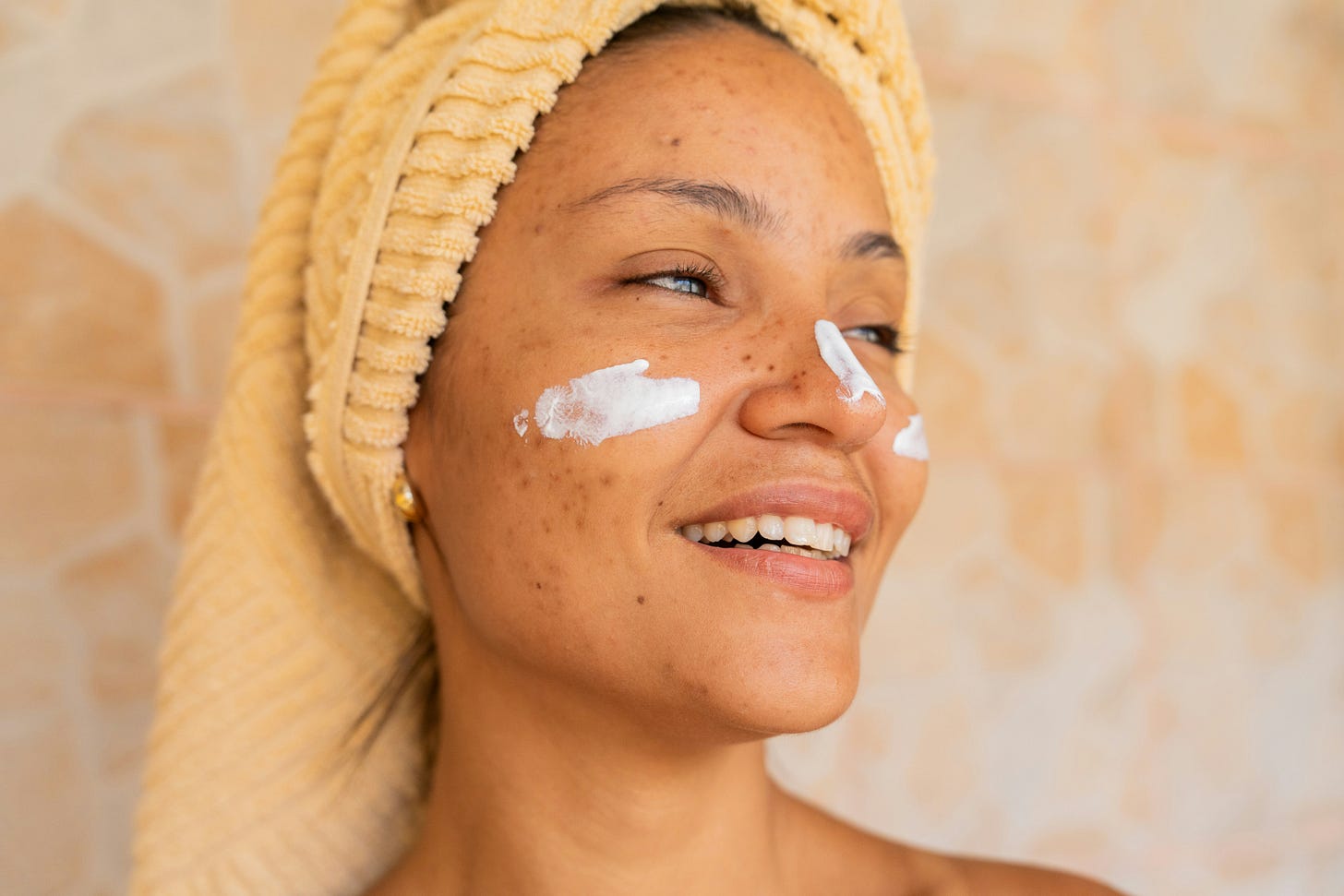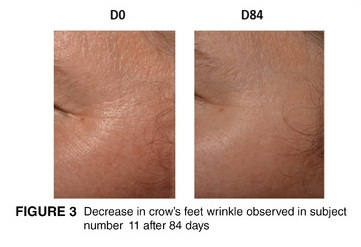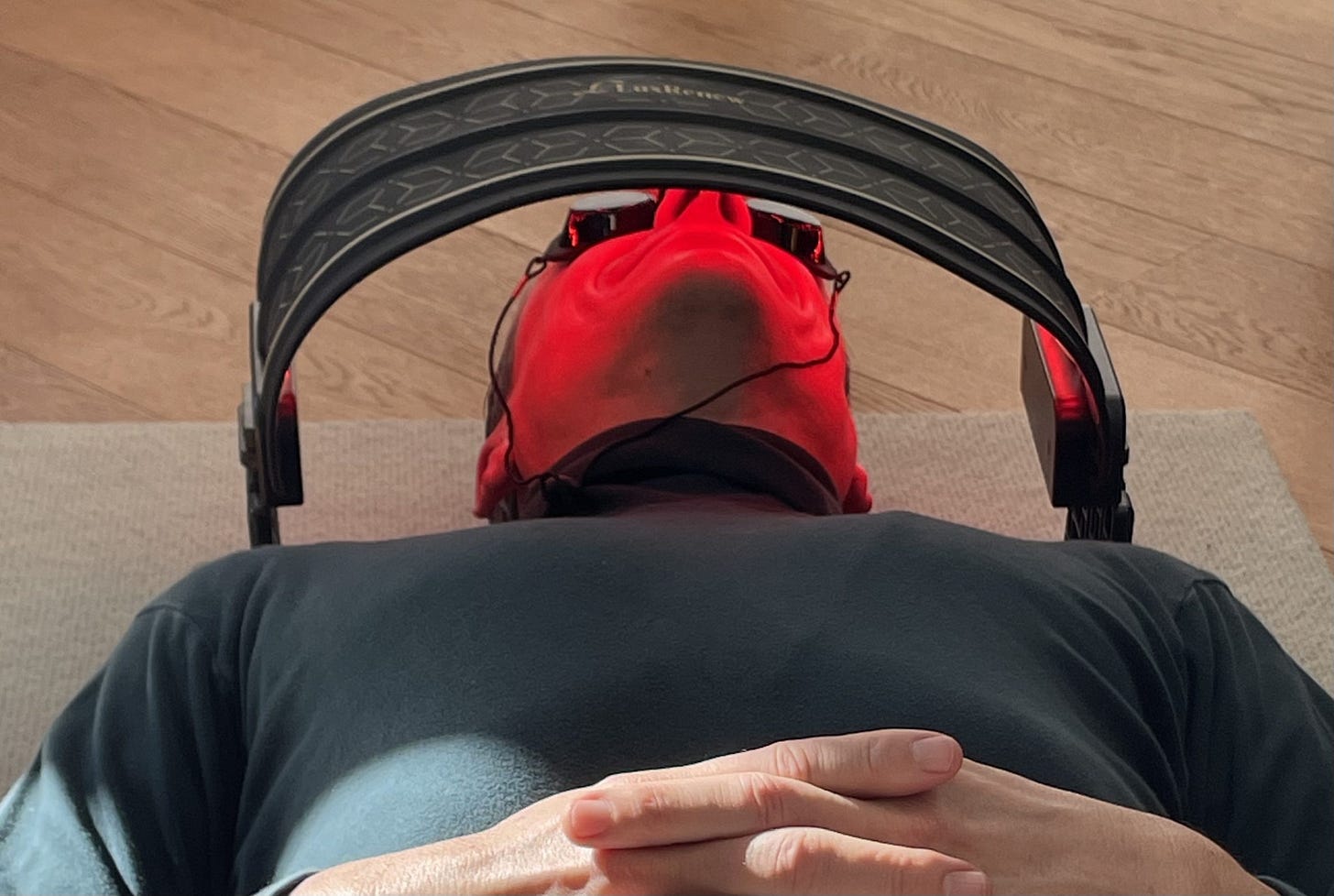The Unaging Face
Science-Backed Prevention and Repair Skin Care
Most skincare routines consist entirely of creams and serums. But maintaining youthful skin effectively includes more than just rubbing products on your face. The research points to a diverse approach: oral supplements absorbed through specialized gut transporters, red light therapy that energizes skin cells, consistent UV protection, and even controlled micro-injuries that trigger collagen production. While basic moisturizer has its place, the science of facial aging extends beyond what you'll find in the beauty aisle.
After reviewing dozens of studies, I found the treatments with solid evidence for reducing facial aging work through different mechanisms. Some prevent damage, others provide temporary improvement, and a few actually repair skin structure. Here's the science behind what works, how each treatment works, and which products best match the research.
The Challenge of Skin Research
Finding reliable information about facial aging treatments isn't easy. Unlike lifespan research, where we can track large populations over time, most skin aging studies come from clinical trials funded by companies selling anti-aging products. They often test multiple ingredients simultaneously, making it hard to know which components drive the results. Most effectiveness percentages (like "35% wrinkle reduction") come from studies funded by product manufacturers, so treat them as optimistic estimates rather than guaranteed results.
How Different Treatments Work
The most effective treatments work in three distinct ways:
Prevention:
Sunscreen blocks UV damage, preventing additional aging
Must be used daily, regardless of sun exposure plans
Results: Prevents future damage but doesn't repair existing issues
Immediate Improvement:
Moisturizers and hyaluronic acid (HA) temporarily improve appearance
HA can bind 10-50 times its weight in water
Results: Quick improvement in facial fullness, but temporary
Repair and Regeneration:
Collagen-building treatments repair skin structure
Takes months to see full effects
Example: In one red light study, increased collagen production was detected after two weeks, but improvements in skin quality and wrinkle depth continued for three months after treatment ended
Cost-Benefit Analysis: What's Worth Your Money
Top value treatments (annual cost/benefit):
Sunscreen ($150/year, prevents additional aging)
Basic moisturizer ($60/year, temporary improvement and prevention)
Tretinoin ($240/year, 25% wrinkle reduction)1
Red light therapy ($200 device/35% wrinkle reduction)2
Poor value treatments:
Luxury creams ($500+/year, no additional benefit over basic versions)
Celebrity-endorsed serums ($300+/year, often untested)
Sunscreen: The Foundation of Anti-Aging
Sunscreen is your most potent tool against aging. A landmark Australian study published in the Annals of Internal Medicine3[ showed that daily SPF 15 application halted visible aging over 4.5 years. The catch? Most aging comes from UVA radiation, not the UVB rays that cause sunburn.
Why UVA is particularly tricky:
Present year-round, regardless of season
Active throughout the day, not just at peak sun hours
Passes through most windows and glass
Causes more skin damage than UVB
Common sunscreen mistakes:
Not applying every morning, regardless of plans
Not applying enough (you need ¼ teaspoon for the face)
Skipping cloudy days
Relying on makeup with SPF
Not reapplying after showers, sweating, or swimming
The Science of Hydration
About two-thirds of your skin is water, and proper hydration is crucial. Hyaluronic acid (HA) is particularly effective because it's highly hydrophilic—each molecule can bind 10-50 times its weight in water. When looking for HA supplements, seek "low-molecular-weight" or "hydrolyzed" versions - these terms mean the molecules have been broken down into smaller fragments, making them easier to absorb. Hydrolyzed simply means the larger molecules have been split using water in a process called hydrolysis.
While moisturizers can't heal existing damage, they can prevent new wrinkles and temporarily improve appearance by maintaining the skin's water content.
Proven hydration approaches:
Basic moisturizer: Creates a barrier to prevent water loss, essential foundation for skin health
Topical HA: 40% wrinkle reduction through improved hydration4
Oral HA: 26% wrinkle reduction through internal hydration support5
Building Collagen: The Anti-Wrinkle Arsenal
Collagen is the main structural protein in the skin, providing strength and elasticity. After age 25, we lose 1-1.5% collagen yearly, reaching about a third less by 556. This loss is the primary cause of aging appearance in the skin, leading to wrinkles and sagging.
An important note about collagen treatments: there's often a significant time delay between treatment and visible results. In one red light therapy study, skin scans showed increased collagen production just two weeks after completing a month of treatments, but wrinkle improvement continued for an additional 12 weeks afterward. This time lag exists because collagen must be produced, organized, and integrated into skin structure—a process that occurs in phases. Don't be discouraged by a lack of immediate results; the improvement continues well after you complete specific treatments.
Most effective collagen-building treatments:
Collagen supplements: 20% improvement in skin elasticity7
Although collagen is a protein, specialized transporters in the gut can move low-molecular-weight collagen peptides directly into the bloodstream without breaking them down completely
Look for "hydrolyzed collagen" or "collagen peptides" for better absorption
Results typically visible after 8-12 weeks of consistent use
Tretinoin (0.025%): 25% wrinkle reduction8 (3-6 months)
Prescription-only medication
Makes skin sun-sensitive: apply at night
Increases cell turnover and collagen production
Start slowly: use small amount, build up frequency
Stop if persistent redness occurs
Retinol: 25% wrinkle reduction9
Over-the-counter alternative to tretinoin
1/20 as potent as tretinoin
More gentle on skin
Takes longer to see results10[
Derma stamping: 35% wrinkle reduction11 (visible at 6 weeks)
Creates controlled micro-injuries
Body responds by producing fresh collagen
Requires proper sterilization
Can use topical anesthetics if needed
Red light therapy: 35% wrinkle reduction12 (12 weeks)
Improves cellular energy production in skin cells
Revives natural collagen production
Use LED device for 10 minutes, 3 times weekly
There's a certain irony in blocking one type of light (UVA) with sunscreen while deliberately exposing your skin to another wavelength (red light). But the science makes sense: UVA reduces cardiovascular disease but damages skin cells and breaks down collagen, while specific red wavelengths (typically 630-670nm) stimulate cellular repair processes. It's not about avoiding light altogether—it's about getting the right kind.
My Unaging Face Routine
Morning:
Cerave AM13 (moisturizer + SPF30) before breakfast
LuxRenew Red Infrared light therapy14 (10 minutes, 3x weekly)
Evening:
Tretinoin 0.025% gel
Cerave PM15(moisturizer + hyaluronic acid)
Supplements:
Quarterly:
Four weeks of weekly derma stamping18
These aren't affiliate links or paid recommendations – they're the best products I could find that match what the research shows works.
Maintaining youthful skin is about consistency with proven methods rather than chasing trends. The most practical approach is to build your routine in layers: first protect with daily sunscreen, then maintain with proper hydration, and finally repair with proven collagen-builders. Each addition compounds the benefits of the previous steps. The face you have in twenty years will thank you for the choices you make today.





